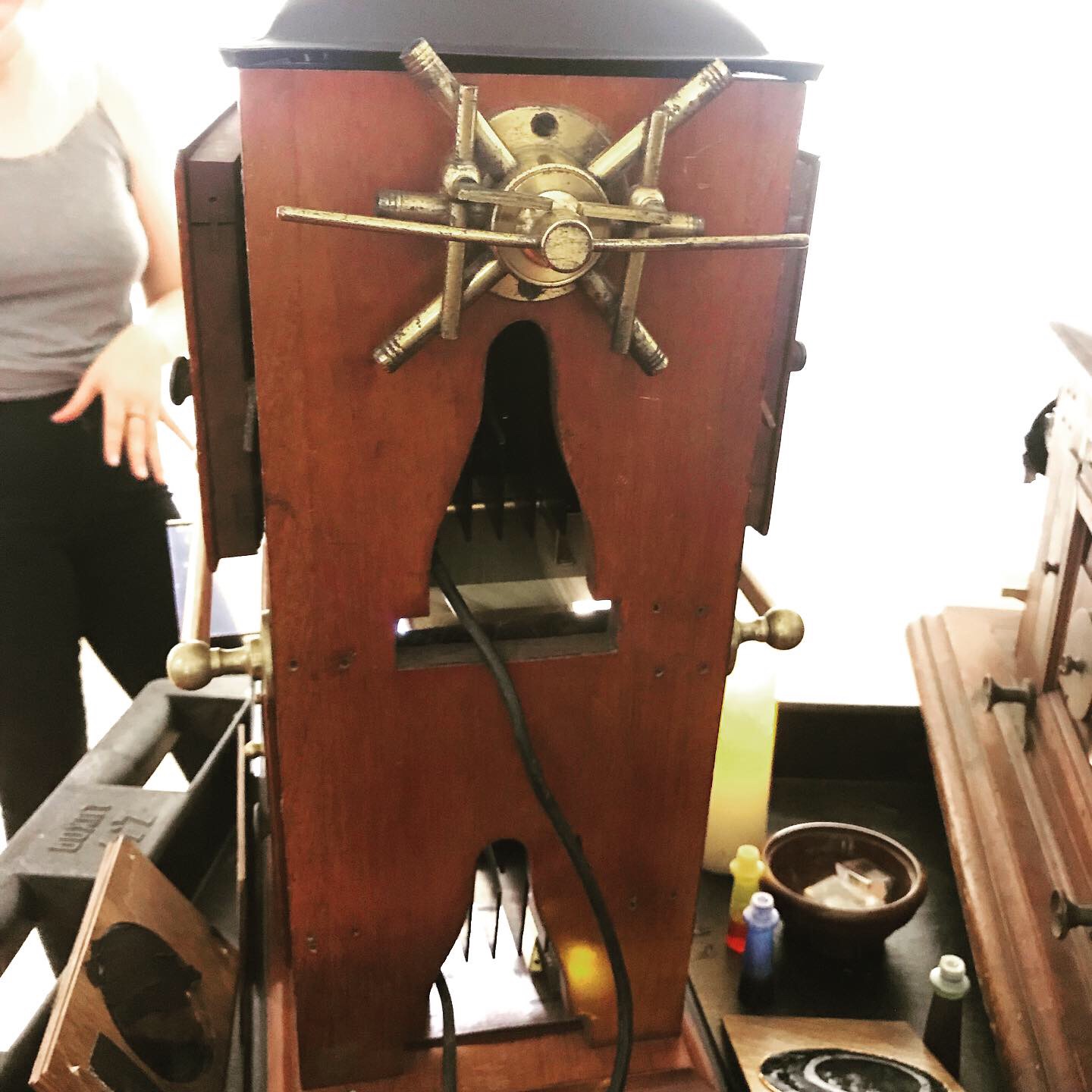

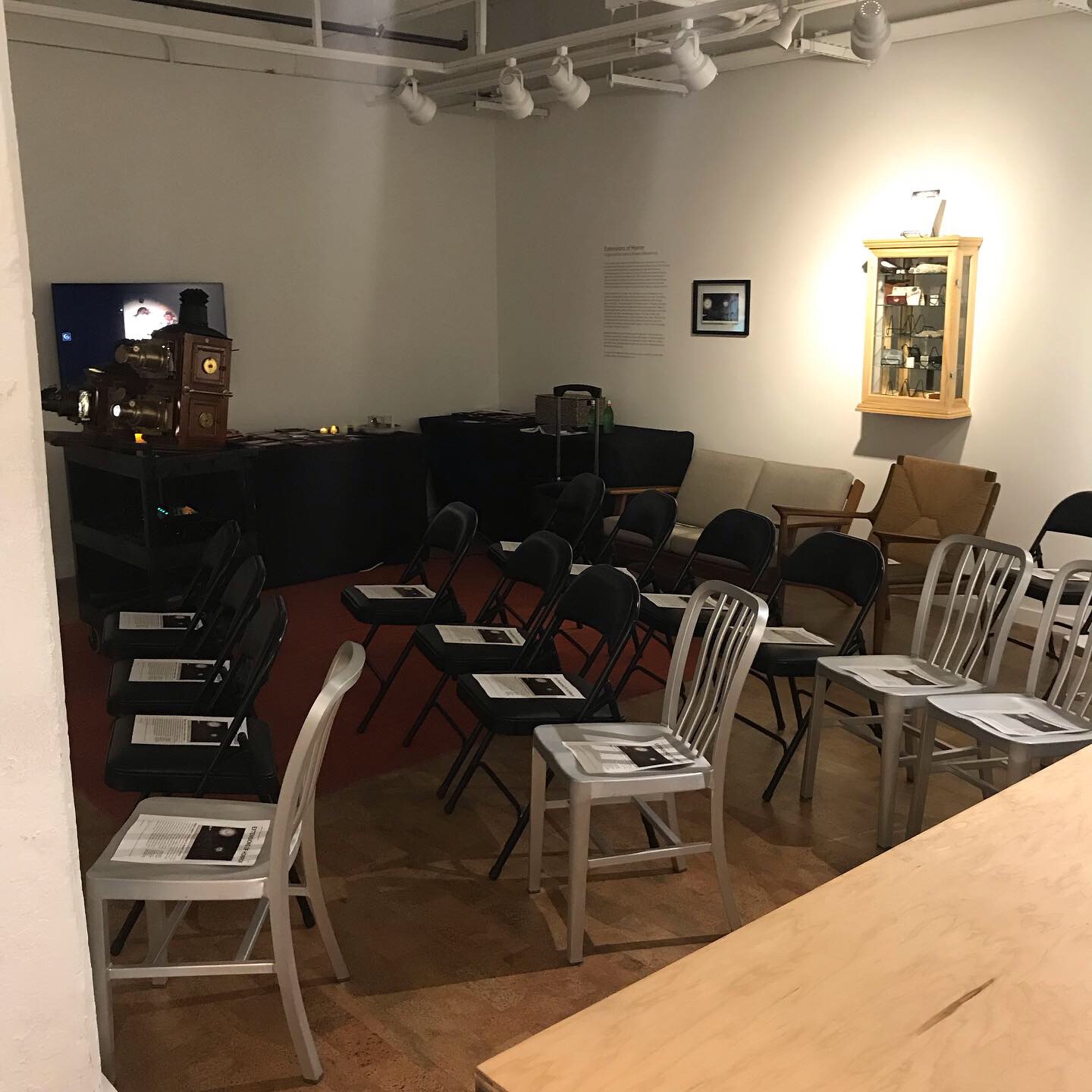
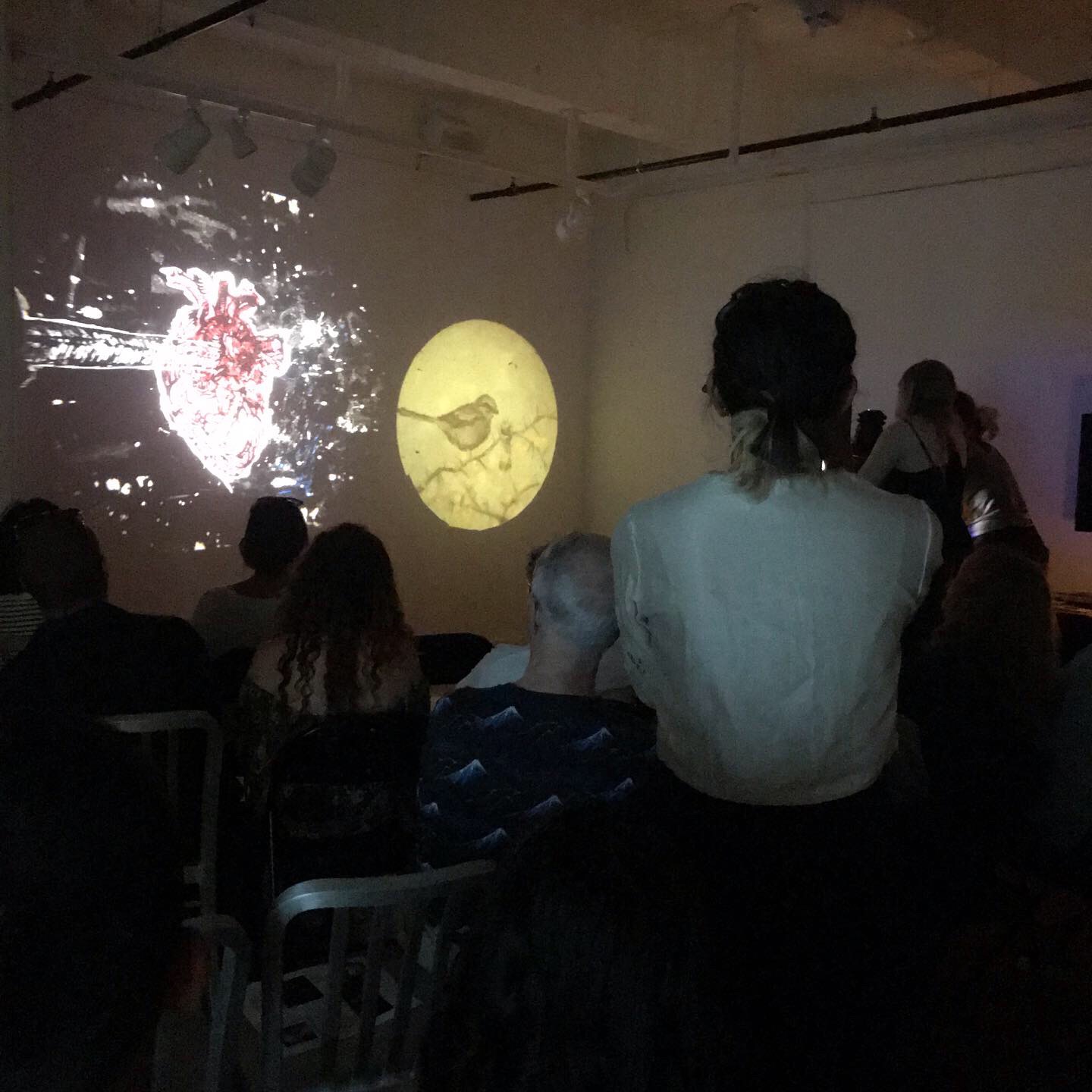
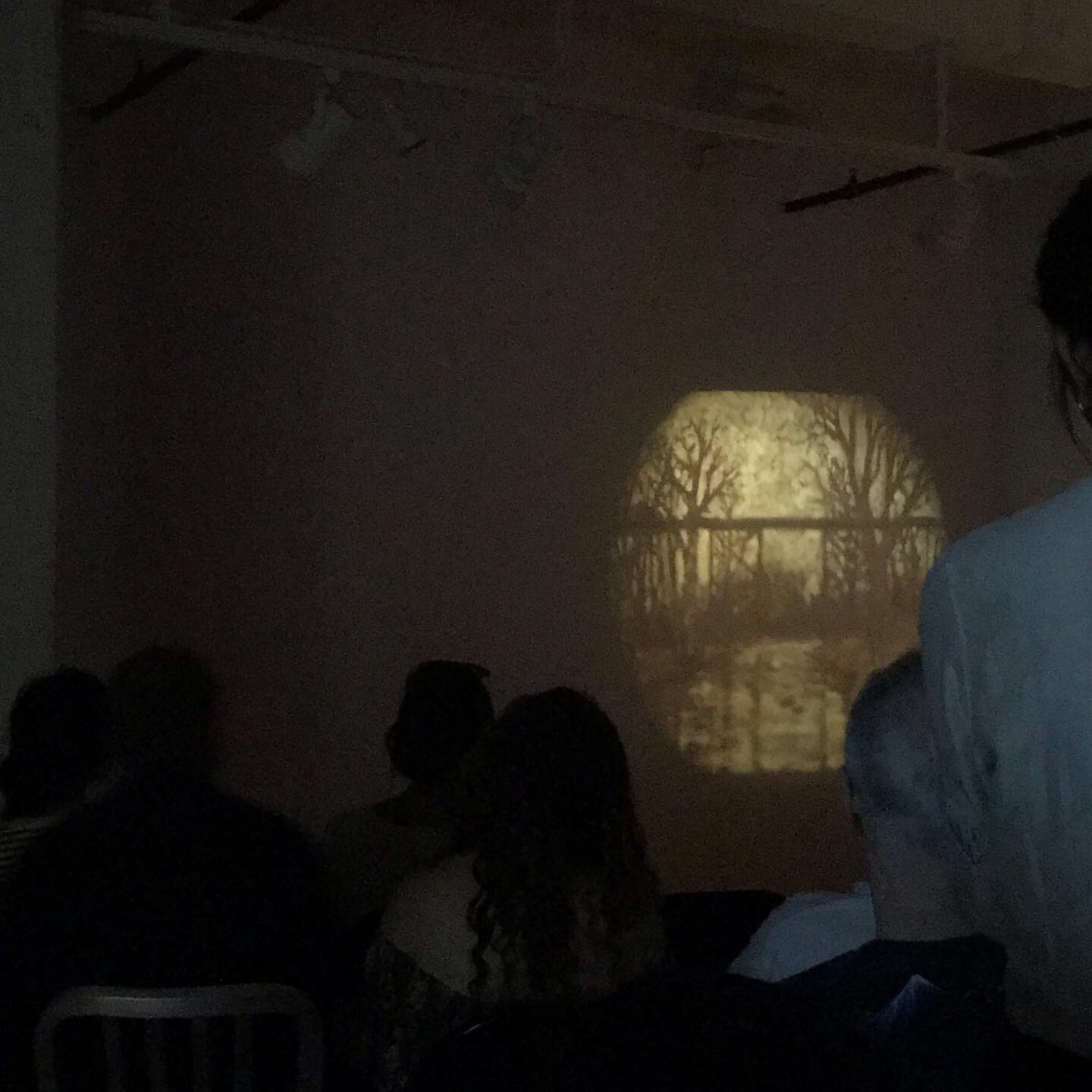
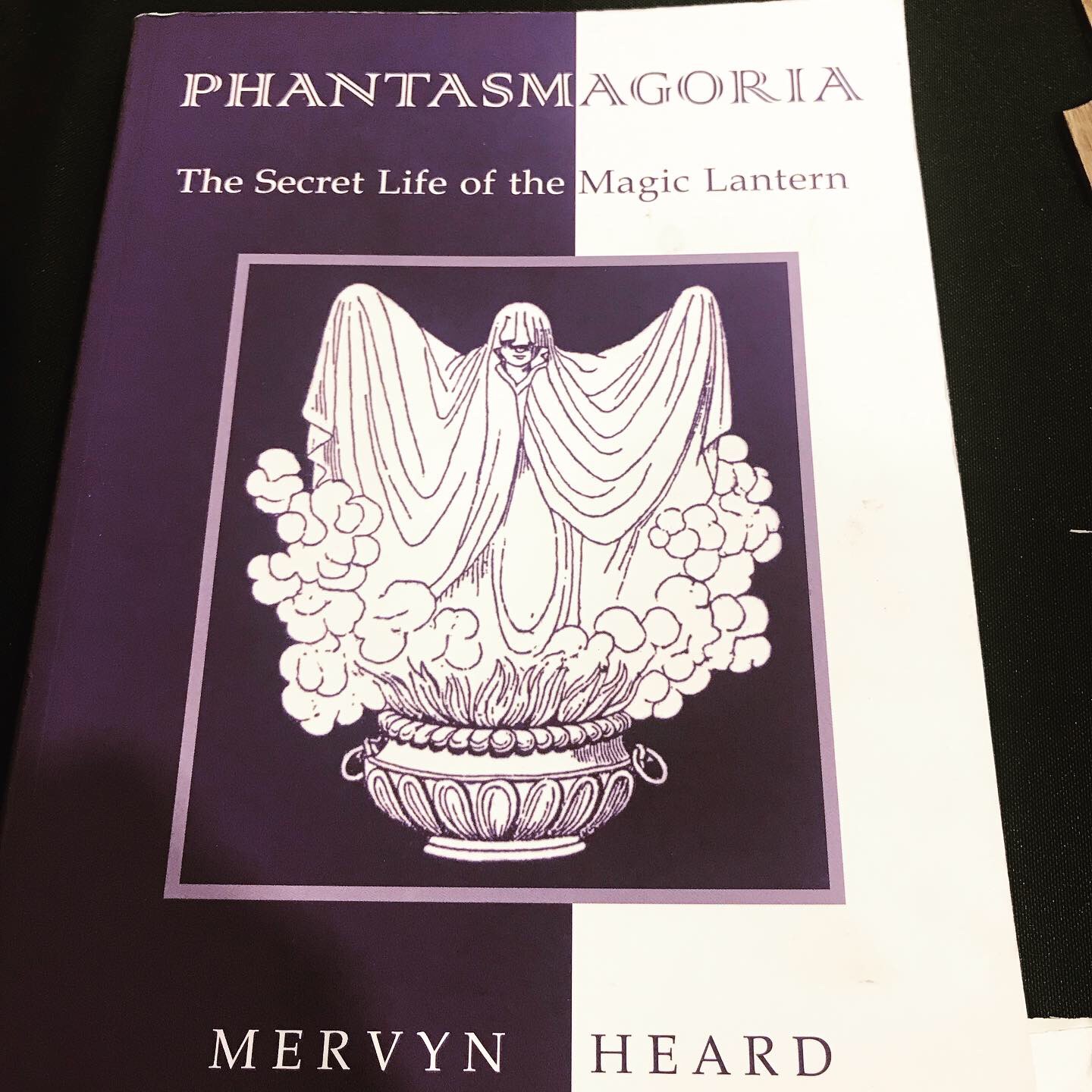
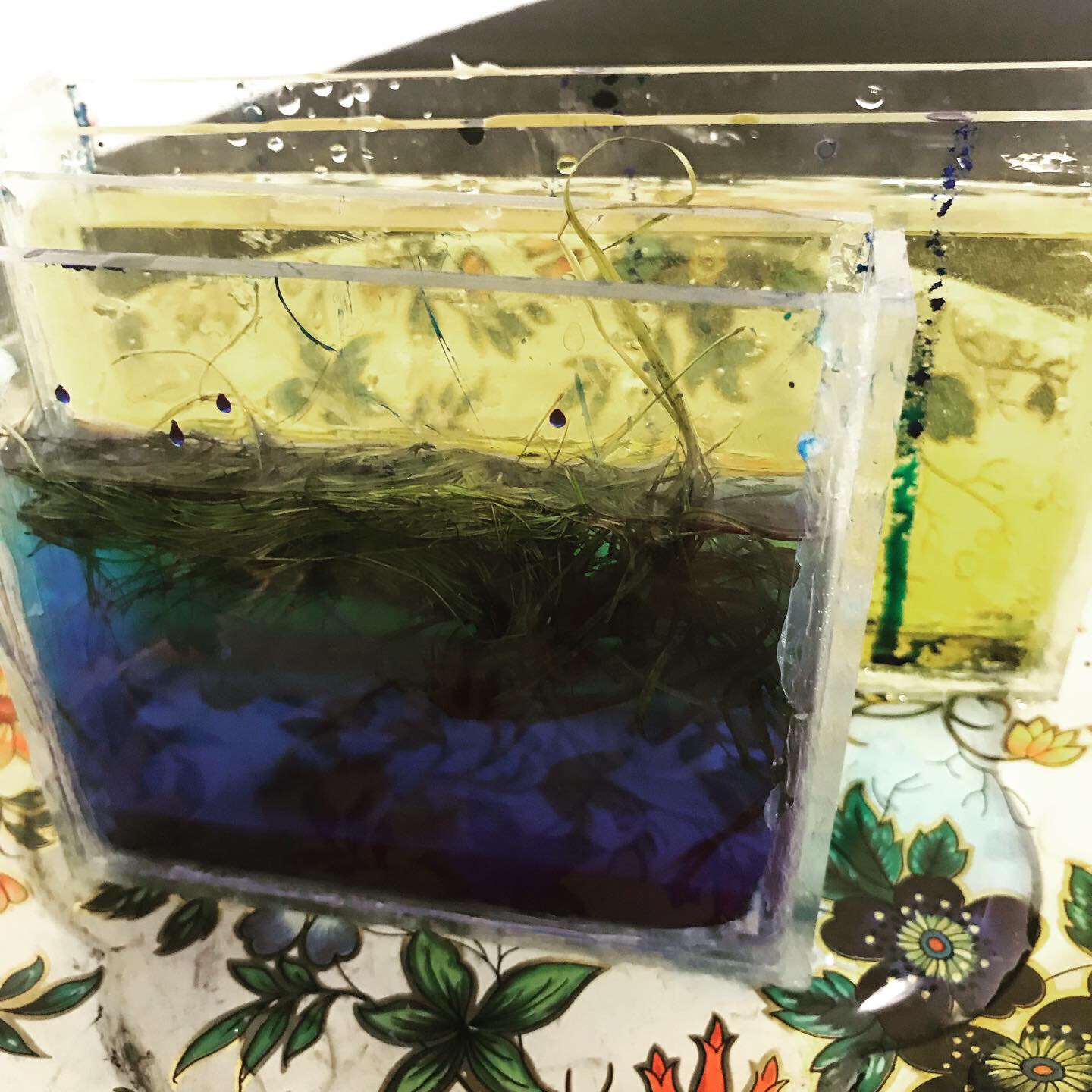
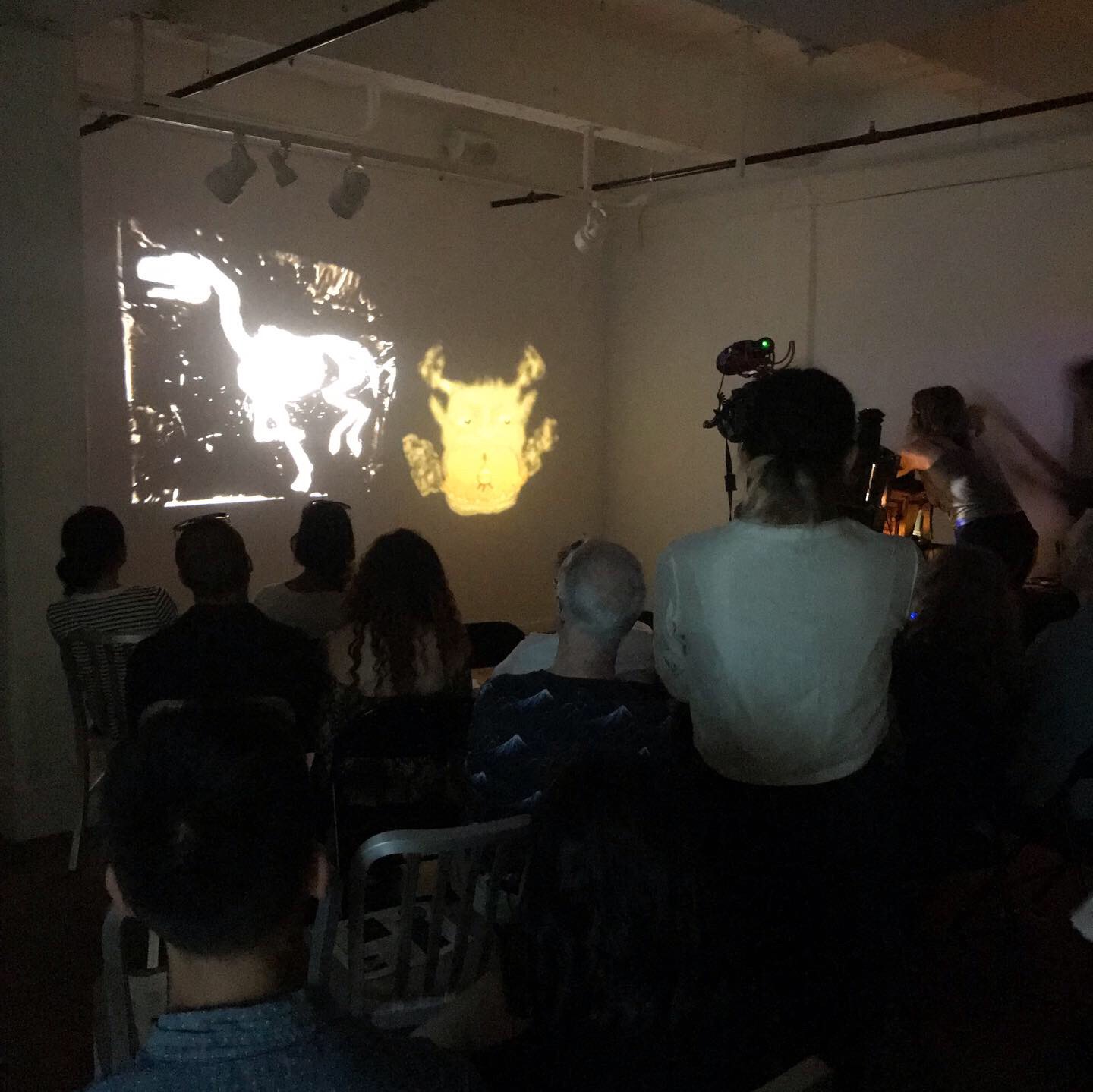
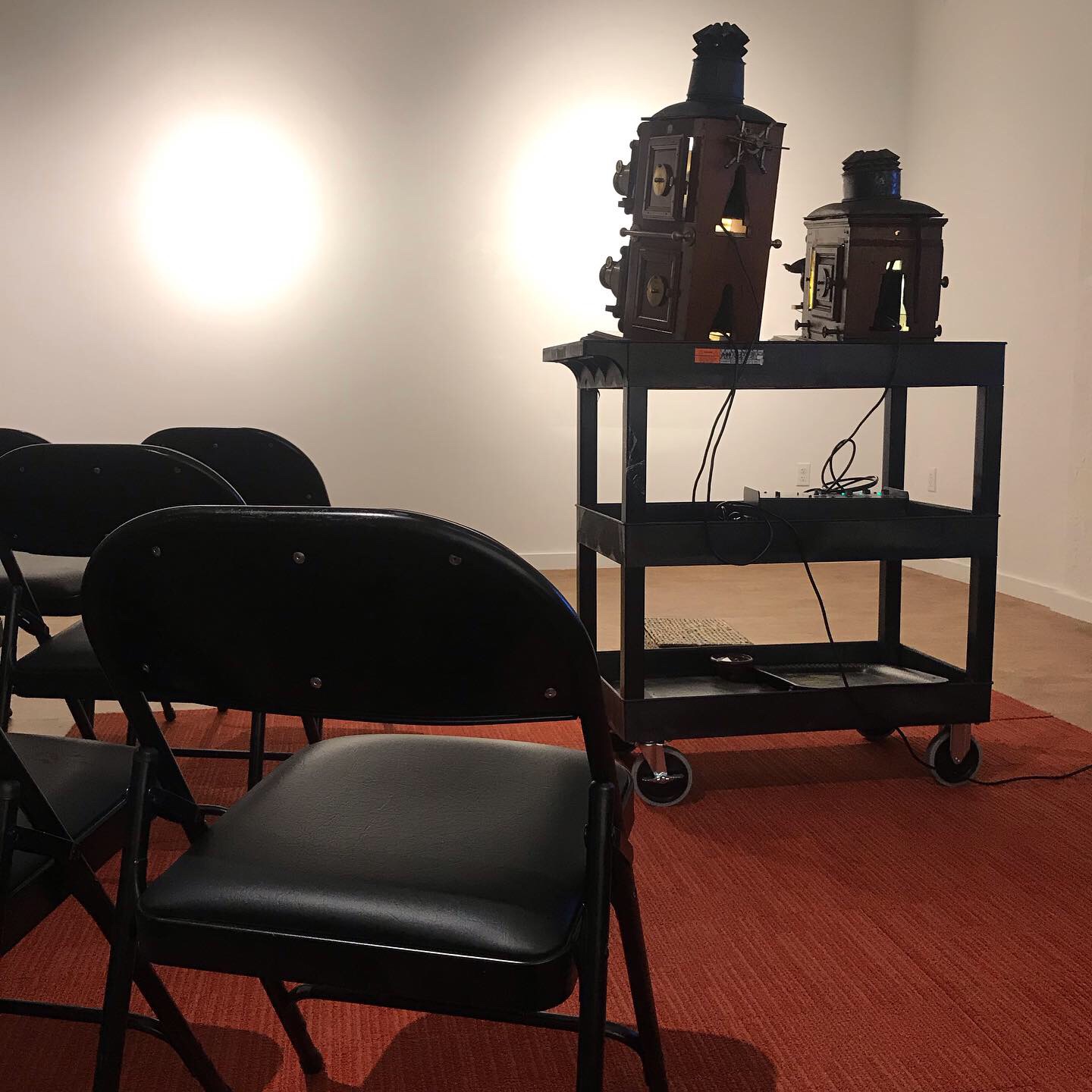
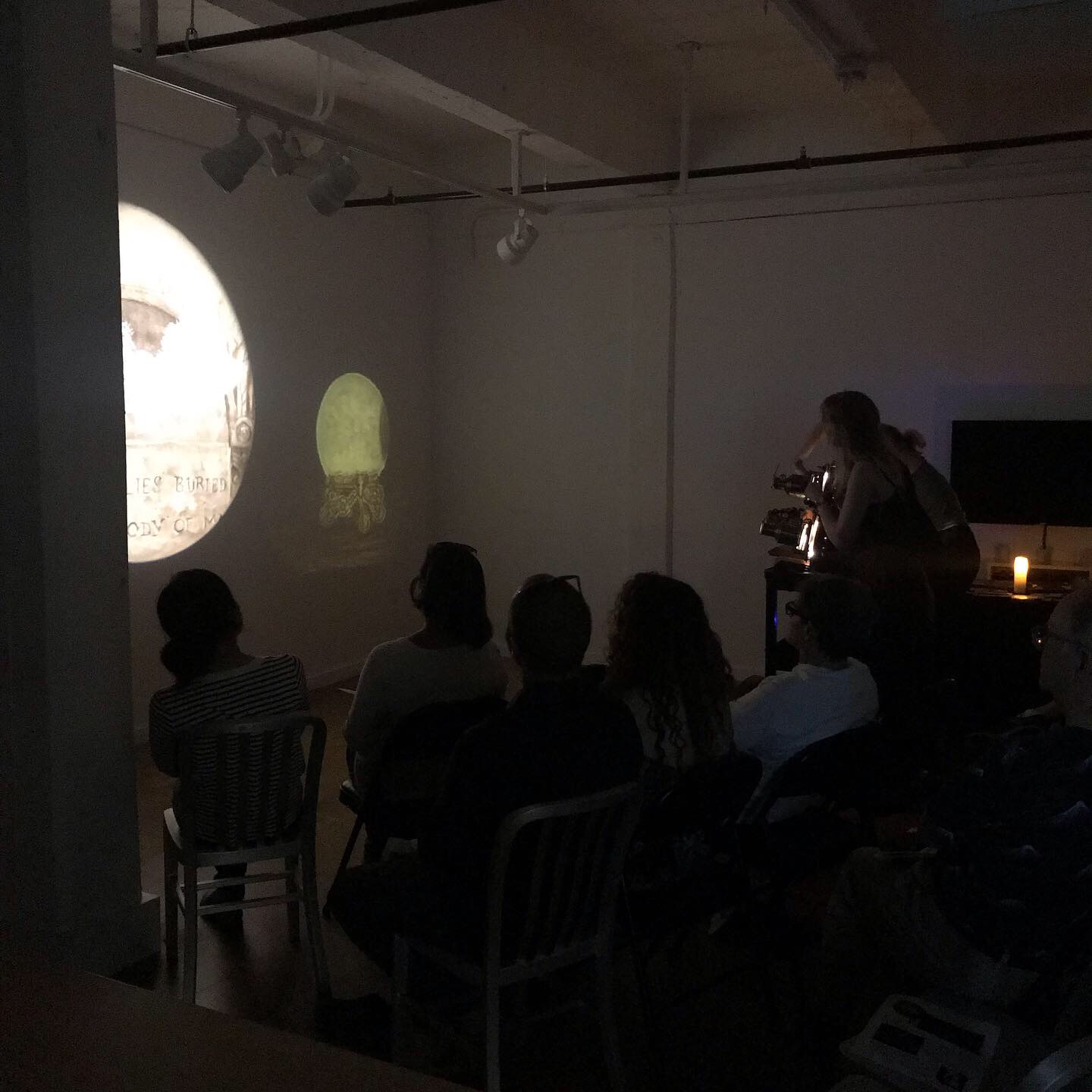
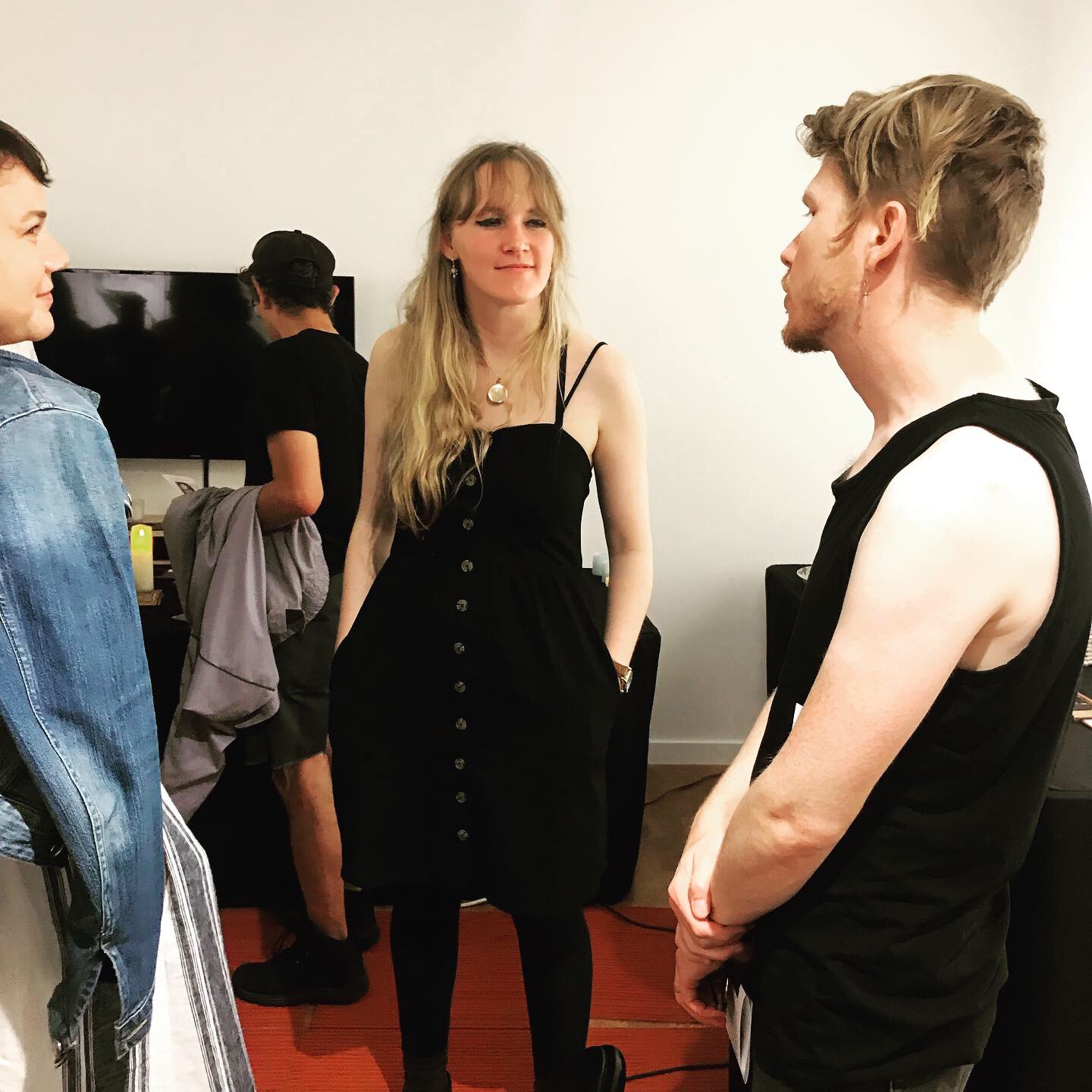


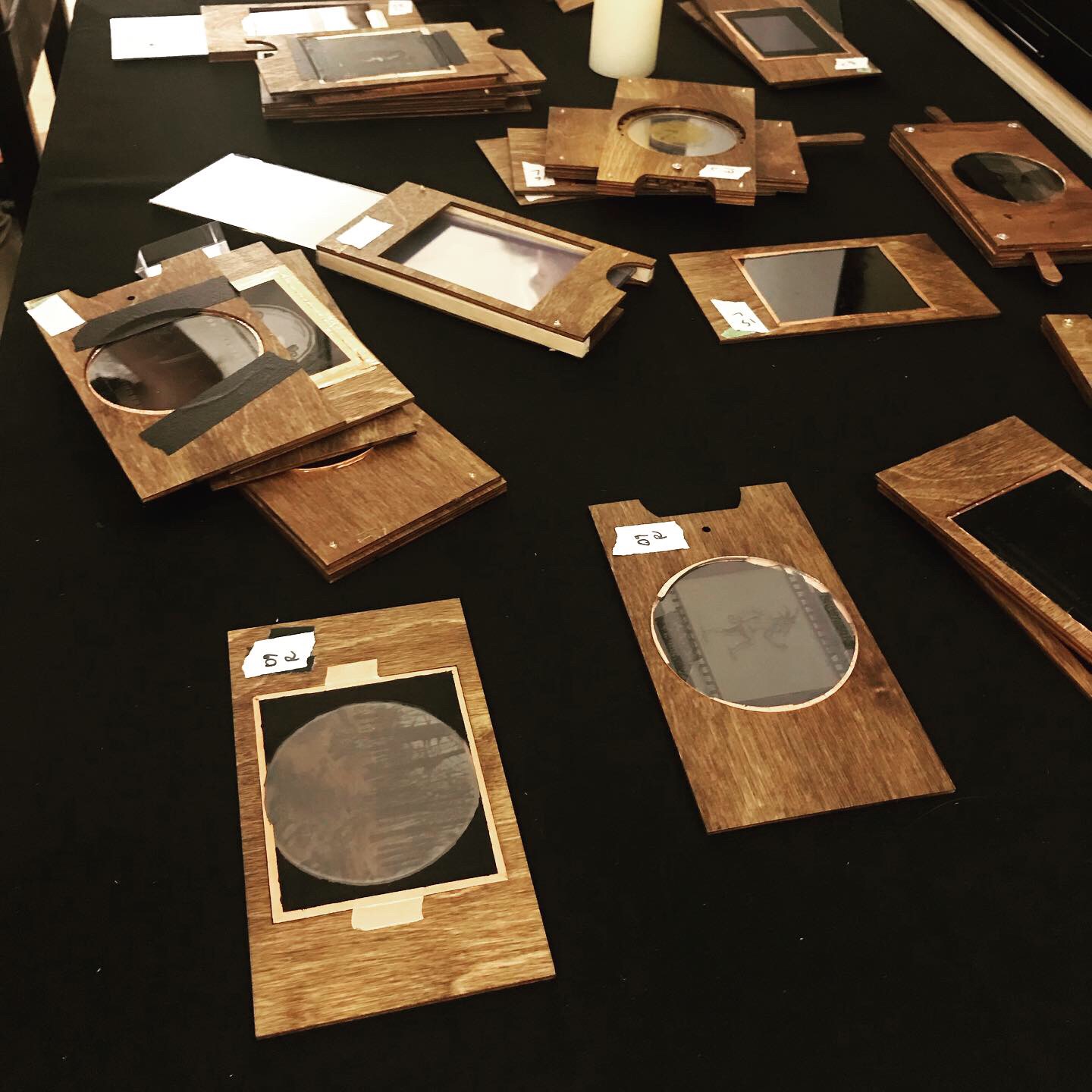
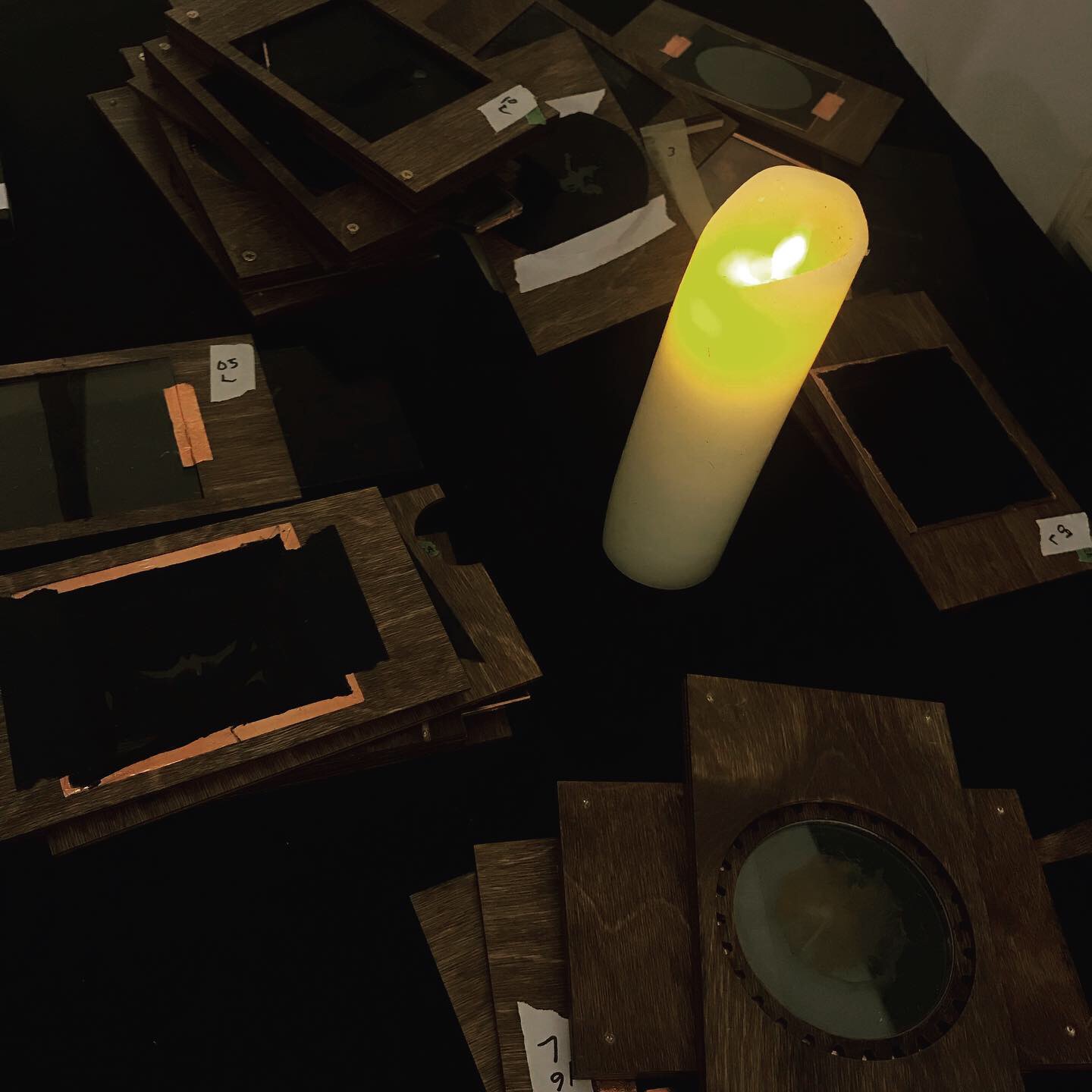
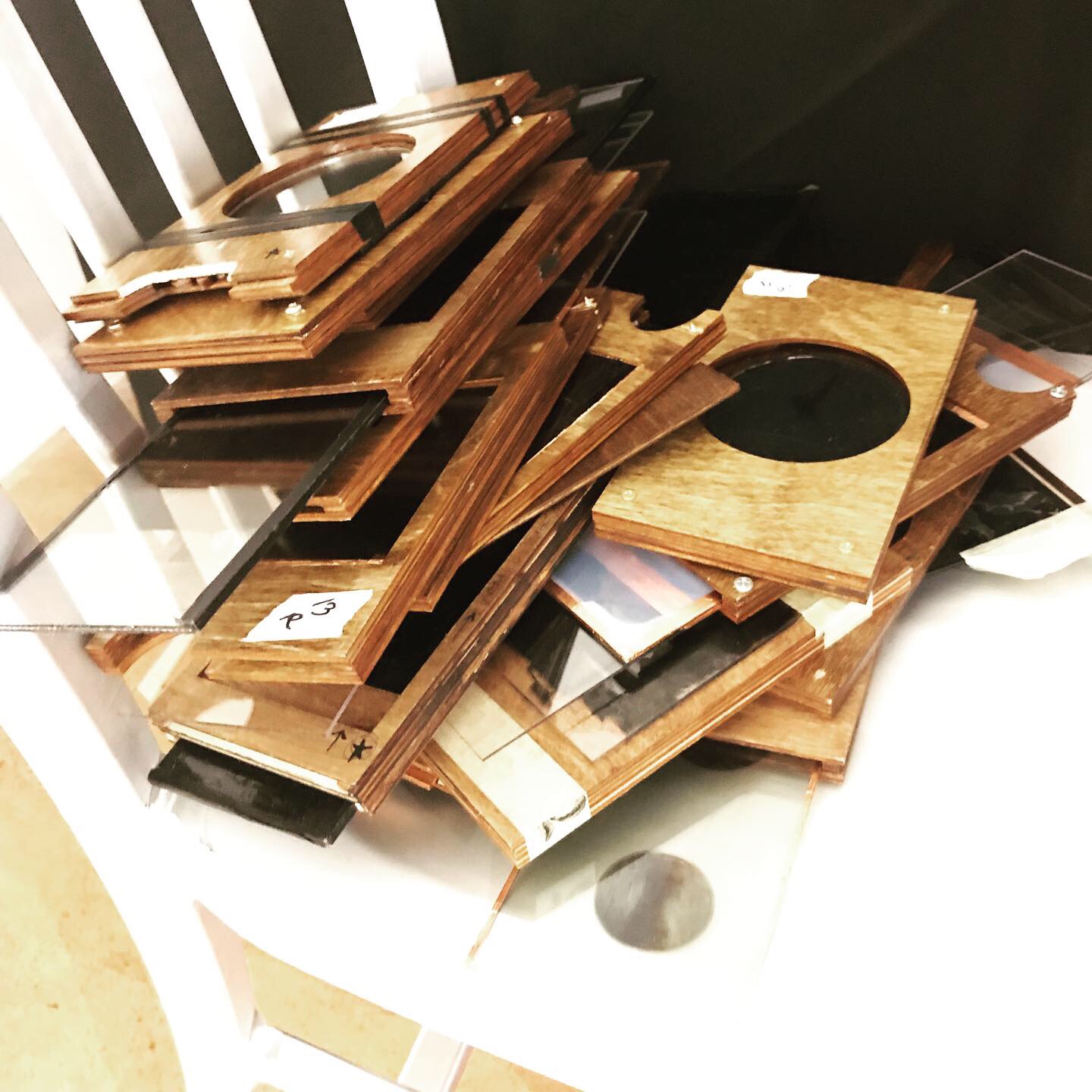
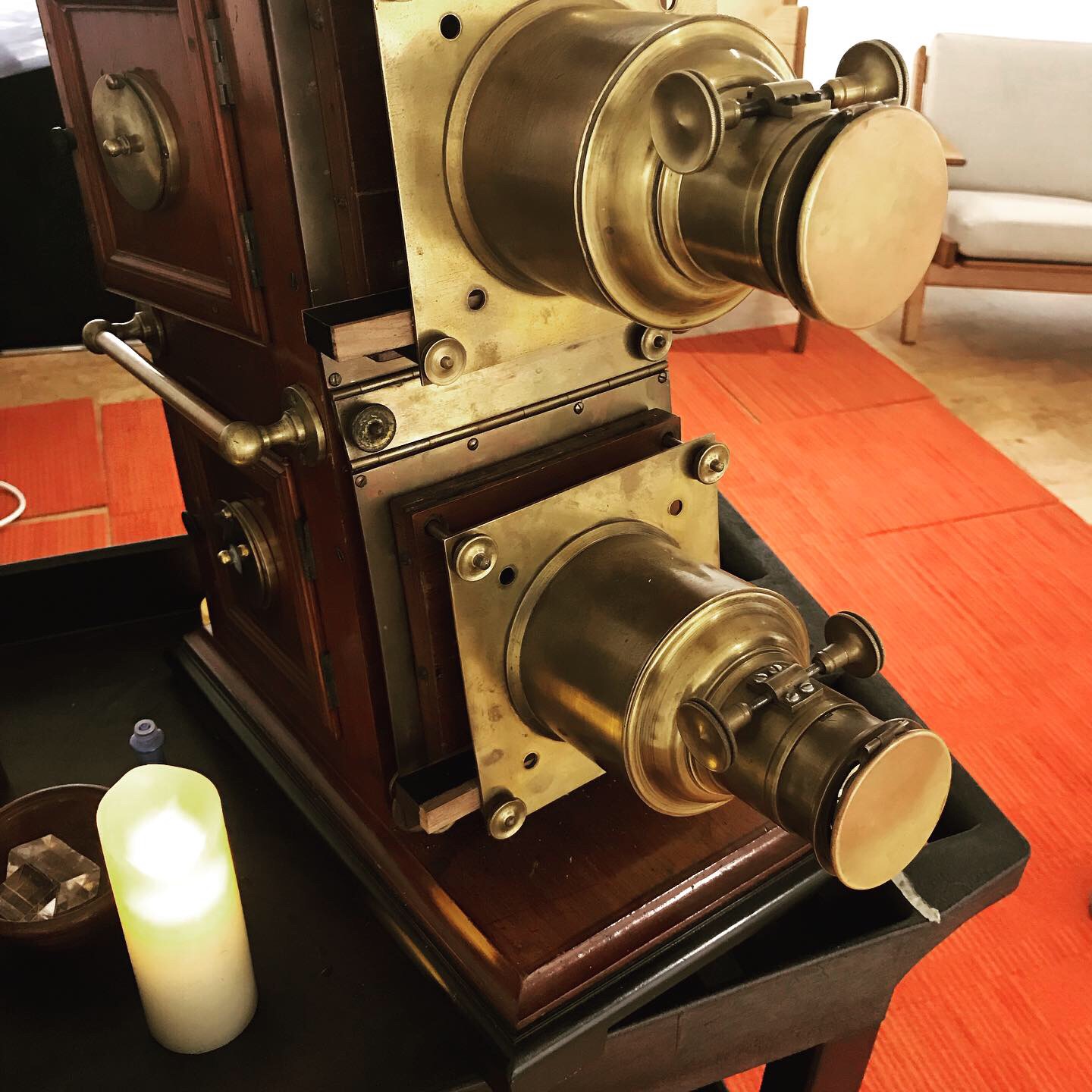



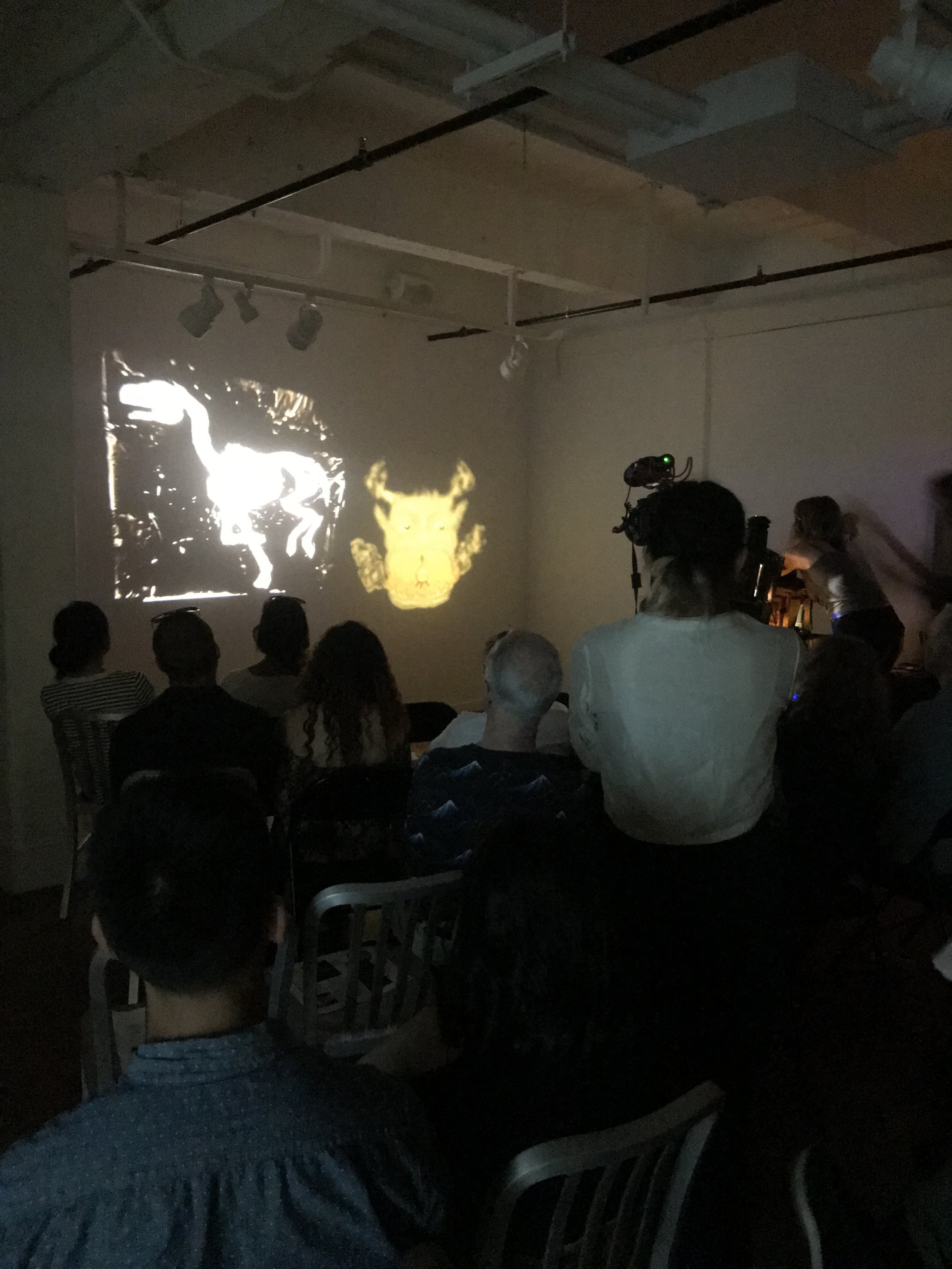
Text on this page (for accessible reading software):
Extensions of Horror Magic Lanterns: The Precursor to Modern Cinema Historian Marina Warner provides a genealogy of phantasmagoria and mysticism from its origins up to the present in Phantasmagoria: Spirit Visions, Metaphors, and Media into the Twenty-first Century. Warner’s analysis provides a path that elevates— or considers, at the very least— the use and function of phantasmagoria in present day museums, exhibitions, and other public spaces. Shortly after the French Revolution, “showman and inventor Etienne-Gaspard Robertson staged a son-et-lumière Gothic moving picture show, under the name ‘Fantasmagorie’” (Warner 147). “Willing, excitable victim[s]” flocked to see Robertson’s magic lantern apparatus, which in its early form projected visions of “external, supernatural, and mysterious causes of fear and trembling” and shifted toward images of “unstable, internal hallucinations” to inspire terror and “qualities of the sublime” (Warner 148). By exploring the historical use of phantasmagoria and its shifting evolution, we can consider the future potentialities for aiding subjects within a viewing space of the phantasmagoric mechanism. About ‘Extensions of Horror’ Organized by Jessica Wawra (Kesselring), ‘Extensions of Horror’ focuses on how individuals interact in social space through the framework of phantasmagoria. Often seen as a precursor to horror, phantasmagoria was a form of theatre that began in the 18th century that used fantastical visual imagery and optical tricks to overwhelm a viewer's senses. Wawra (Kesselring) argues that phantasmagoria and horror are tools accessible by everyone and serve a range of purposes within varying cultural contexts. About Melissa Ferrari Melissa Ferrari is an experimental animator, nonfiction filmmaker, magic lanternist, and scholar who seeks to acquaint folklores of the past with contemporary culture. In exposing peripheral histories, she aims to unveil the wonder that lies in the shadow of nonfiction, rather than fiction. Her practice engages with the politics of contemporary cryptozoology and skepticism, the history of phantasmagoria and documentary, and the mythification of current science and pseudoscience.
Pictured: Magic lantern slides, magic lantern (featuring Melissa Ferrari's hand) Fantasmagorie (by Etienne Robertson), and picture of Jessica Wawra (Kesselring)



